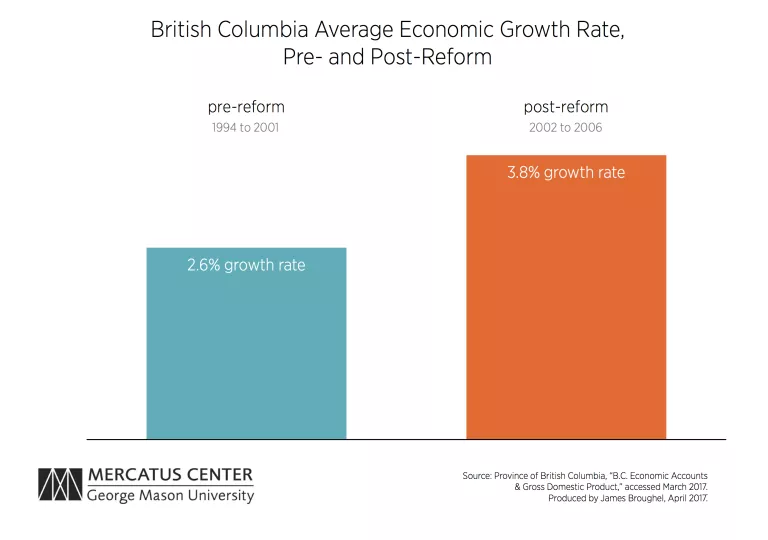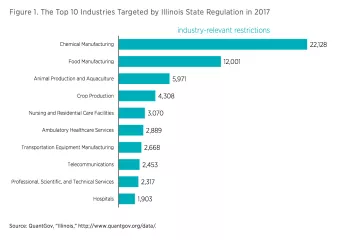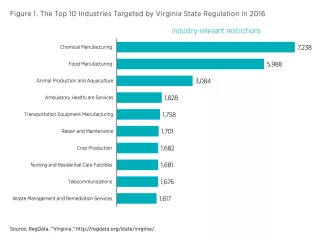- | Housing Housing
- | Data Visualizations Data Visualizations
- |
Using Regulatory Reform to Boost Growth
The Case of British Columbia
Given the dismal decade the United States has just gone through, as well as the budget pressures that governments at all levels are facing, states and the federal government should be thinking about whether regulatory reform makes sense.
Economic growth during the 21st century in the United States has been slow relative to historical norms. From 1948 to 1999, US real GDP growth averaged 3.6 percent per year. Growth has averaged a dismal 1.9 percent per year from 2000 to 2015. This slowdown in growth may explain a general feeling of pessimism and a sense of shrinking opportunity among the American public.
Two popular policy prescriptions to jump-start growth are greater government spending (proposed by Keynesian economists who see the problem as a lack of demand) and tax cuts (proposed by economists favoring supply-side solutions). But with structural deficits the norm at the federal level, and the national debt projected to explode in the decades ahead, the bigger deficits needed to finance such measures are no longer palatable to many Americans.

The absolute numbers make British Columbia’s improvement in economic performance more clear, as the second chart shows. In the 1994–2001 period, real GDP grew on average by 2.6 percent per year; this jumped to 3.8 percent in the 2002–2006 period. This difference is statistically significant (p=.08). A difference of just over one percentage point in growth might not sound like a lot, but consider the following: An economy that grows at 1 percent per year will double in size roughly every 70 years, but an economy growing at 2 percent takes half the time to double—just 35 years. An economy growing at 4 percent will double GDP in a mere 18 years.
No doubt other events and forces aside from regulatory reform also contributed to British Columbia’s economic turnaround. Nonetheless, this example highlights how a major regulatory reform was associated with improved economic performance and—just as importantly—was accomplished without jeopardizing health or the environment. According to a 2009 benchmark report from the British Columbia Progress Board, the province maintained a first-place ranking in Canada for environmental quality and health outcomes from 2001 onwards.
Given the dismal decade the United States has just gone through, as well as the budget pressures that governments at all levels are facing, states and the federal government should be thinking about whether regulatory reform makes sense. It could be a cost-effective way to boost growth and give Americans hope for a more positive future.



